Photography equipment buying guide
for Beginners
The most frequent question that we receive from our students is :
“I’m new to photography, what do I need to buy”?
LAST UPDATED: 6 JANUARY 2020
Buying photography equipment as a beginner is a difficult task – with so many offers and information, it can be really confusing. So we have dived into the market, analysed all latest offers and prepared the following buying guide for the beginners, with prices that you can find in Switzerland.
We will suggest a complete kit for three different budgets for beginners, then provide detailed recommendations in each category: Cameras, lenses, accessories and software.
Of course buying a better camera / lens does NOT make you a better photographer:) Make sure to check our photography courses to learn how to use your camera and take better photos.
Cut to the chase, just tell me what to buy:
ECONOMY
Camera Body (our ranking):
- Canon 200D: CHF 300.-
- Nikon D3500: CHF 350.-
- Sony a6000: CHF 380.-
Lens: TAMRON AF 18-200mm F/3.5-6.3 Di II VC: CHF 200.-
Strap: Blackrapid Street Breathe: CHF 50.-
Software: Adobe Photography Plan Lightroom & Photoshop CHF 11/mth
AVERAGE
Camera Body (our ranking):
- Nikon D5600: CHF 400.-
- Canon 250D: CHF 485.-
- Sony a6000: CHF 380.-
Lens 1: TAMRON AF 18-200mm F/3.5-6.3 Di II VC: CHF 200.-
Lens 2: Nikon 35mm f/1.8 (CHF 150.- ) or a similar standard lens
Tripod: SIRUI T-025SK Traveler Ultralight: CHF 200.-
or
Portable flash for portraits: Godox TT685: CHF 130.-
Strap: Blackrapid Curve Breathe: CHF 80.-
Software: Adobe Photography Plan Lightroom & Photoshop CHF 11/mth
BEST
Camera Body (our ranking):
- Nikon D7500: CHF 700.-
- Sony a6100: CHF 800.-
- Canon 80D: CHF 620.-
Lens 1: TAMRON AF 18-200mm F/3.5-6.3 Di II VC: CHF 200.-
Lens 2: Nikon 35mm f/1.8 (CHF 150.- ) or a similar standard lens
Lens 3: Specialized landscape super wide angle (10-18mm) or portrait (~85mm f/1.8)
Tripod: GITZO Traveler KIT GK1545T82TQD: CHF 790.-
or
Portable flash for portraits: Godox V1: CHF 250.-
Carrying: Blackrapid Curve Breathe strap: CHF 80.- or Spider Holster: CHF 180.-
Software: Adobe Photography Plan Lightroom & Photoshop CHF 11/mth
Show me more
CAMERA | LENSES | ACCESSORIES | SOFTWARE
Choosing the camera:

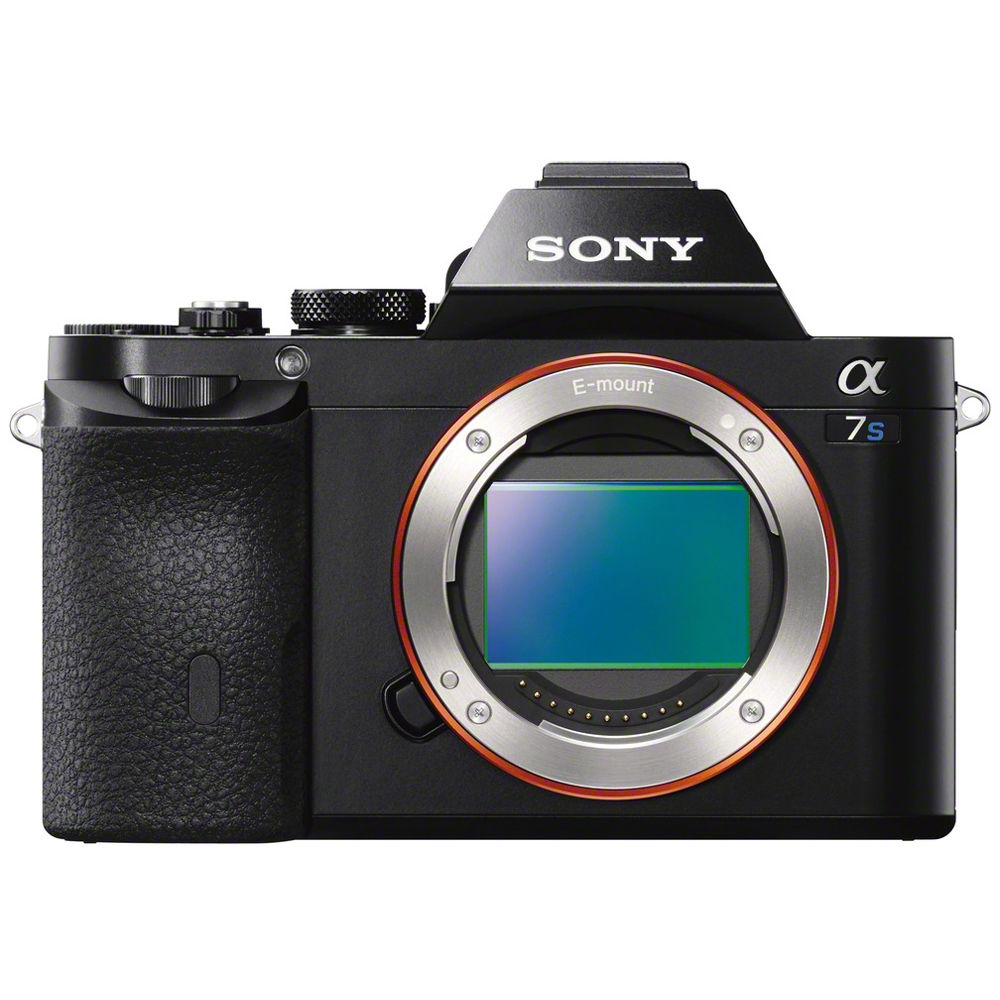
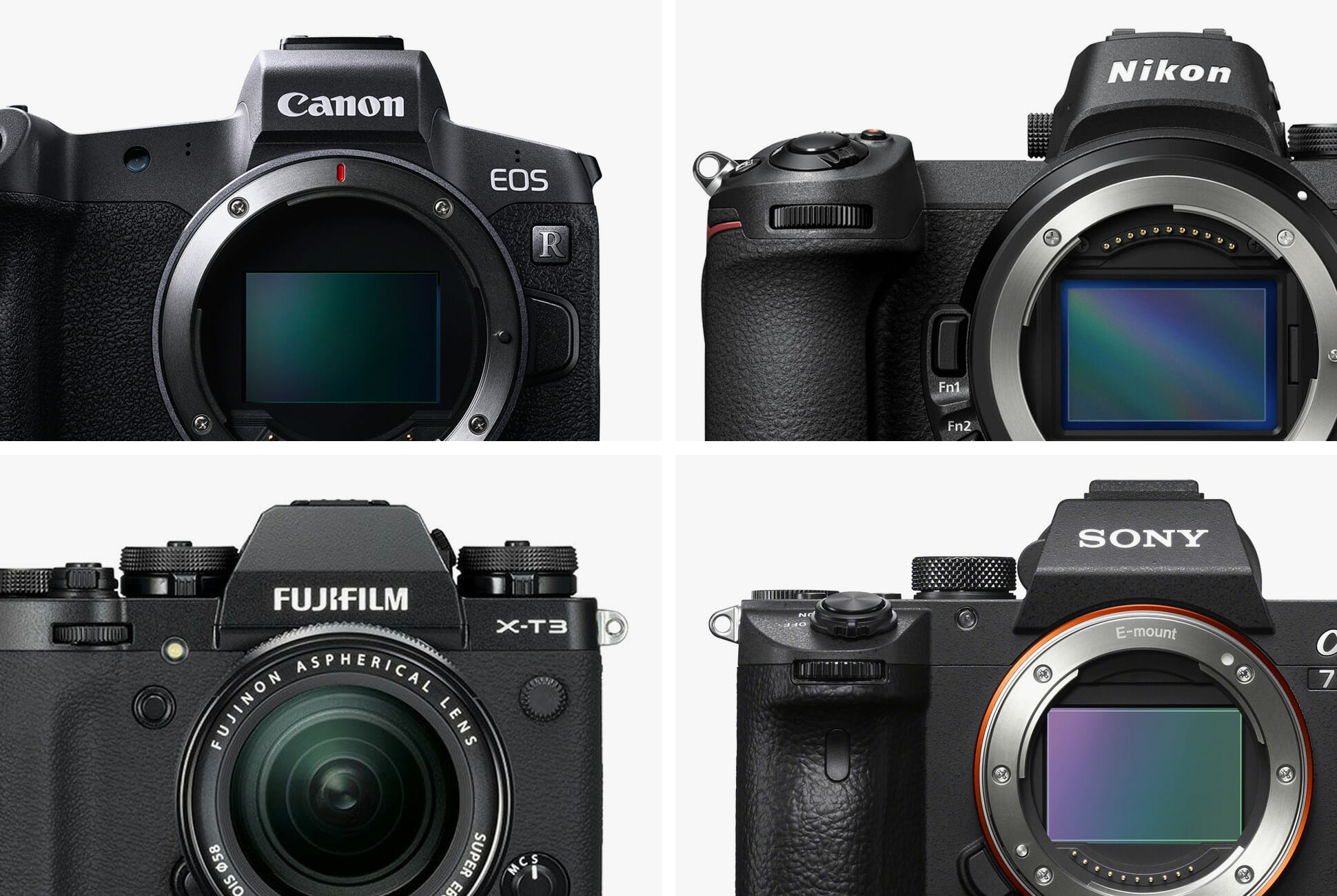
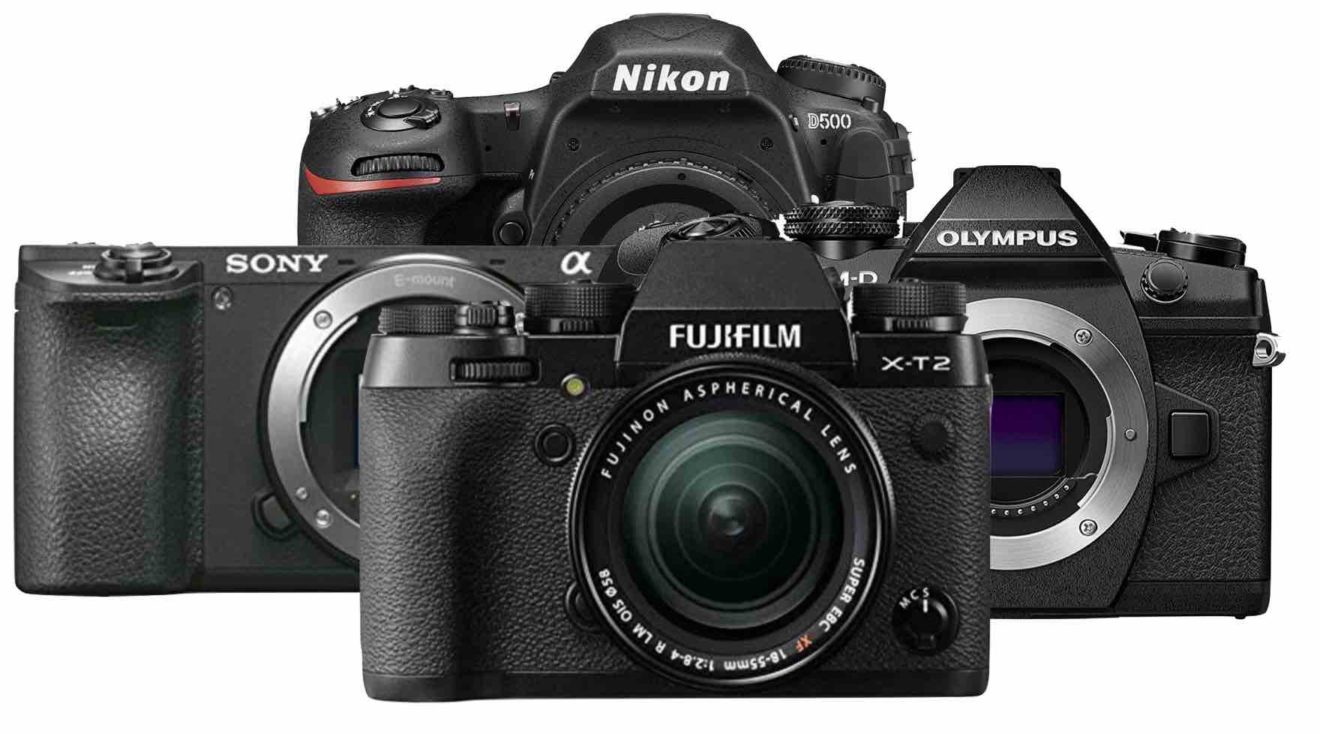
The camera technology changes all the time, so do not buy too expensive cameras if you don’t know exactly what you are paying for. If you will buy second hand, don’t buy more than 3 year old camera bodies.
Interchangeable lens vs lens fixed on the body?
Definitely interchangeable. Forget about the “super-zooms”.
DSLR or Mirrorless:
Having a mirror in the camera body adds to the size, but enables you to see through the lens, helps to focus faster and prolongs battery life, as you won’t use the back-screen so often. Check this excellent article for more on this subject.
If battery life, faster focus and bigger choice of lenses is more important for you, then we recommend a Nikon or Canon DSLR.
If smaller size and live preview (what you see is what you get) is important for you, then the mirrorless offers from Sony, Olympus and FujiFilm are excellent cameras.
Sensor size – cropped or full frame:
This relates to the size of the sensor of your cameras, and is in fact the most important choice that can have a significant impact on the quality of your photos. We recommend a cropped sensor camera (Nikon: DX, Canon & Sony: APS-C) for beginners.
Nikon vs Canon vs Sony vs Olympus vs Fujifilm
Another hot debate – the answer is that it doesn’t matter too much.
If you want a DSLR, our recommendation for beginners is Nikon and Canon on the entry segment. We rated Nikon slightly higher due to its excellent & affordable 35mm f/1.8 lens option.
For the mirrorless, Sony, Olympus and FujiFilm have the great mirrorless offerings around. Sony has the lead with the most advanced technologies and high quality sensors. However we find that their menus are still too complicated – obviously designed by engineers, not photographers. Olympus is very impressive with its in camera stabilization technologies, however the lens choices are more limited vs others. Fujifilm is an excellent option too with amazing designs. However the settings are for more intermediate photographers who feel comfortable with Aperture and Shutter speed direct controls.
Choosing the lens(es):
You marry your lenses, the body is like the mistress. – they come and go…

More important choice than the camera, and much better investment because the technology doesn’t change much. Do not hesitate to look at anibis.ch to find good deals on second hand good lenses.
Zoom lenses:
The classic 18-55mm lenses are “ok” for overall walk around photos, but quite limited in both range and aperture. We love the flexibility of having a bigger zoom, such as 18-105 or even better 18-200 for extra range for portraits. These are “jack of all trades, master of none” type of lenses – they cover a huge range and provide flexibility, however they’re not perfect at every focal length.
Prime lenses:
These are small specialists – they cannot zoom but they do a great job at low light and they can isolate subjects much better. They are also extremely light, small and cheap. If you don’t mind changing lenses, we recommend a prime lens any day over (or in addition to) a kit lens. We recommend a Nikon AF-S DX 35mm F/1.8G for all budget levels. For portraits, 50mm or 85mm for cropped sensors will do an excellent job.
Choosing the accessories:
Carrying Solution:
The original strap that comes with your camera is usually the worst way to carry it around. Why? Because they usually aren’t comfortable.
When used straight around the neck, the strap tends to pull and gives a neck ache. If you placed the strap over your head and onto your opposite shoulder, it would be more comfortable but it will be hard to bring the camera up to your eye to shoot. Plus you advertise your camera brand for free.
The best camera is the one that you have with you, so we strongly recommend one of these two solutions to have an easy way to carry your camera with you at all times:
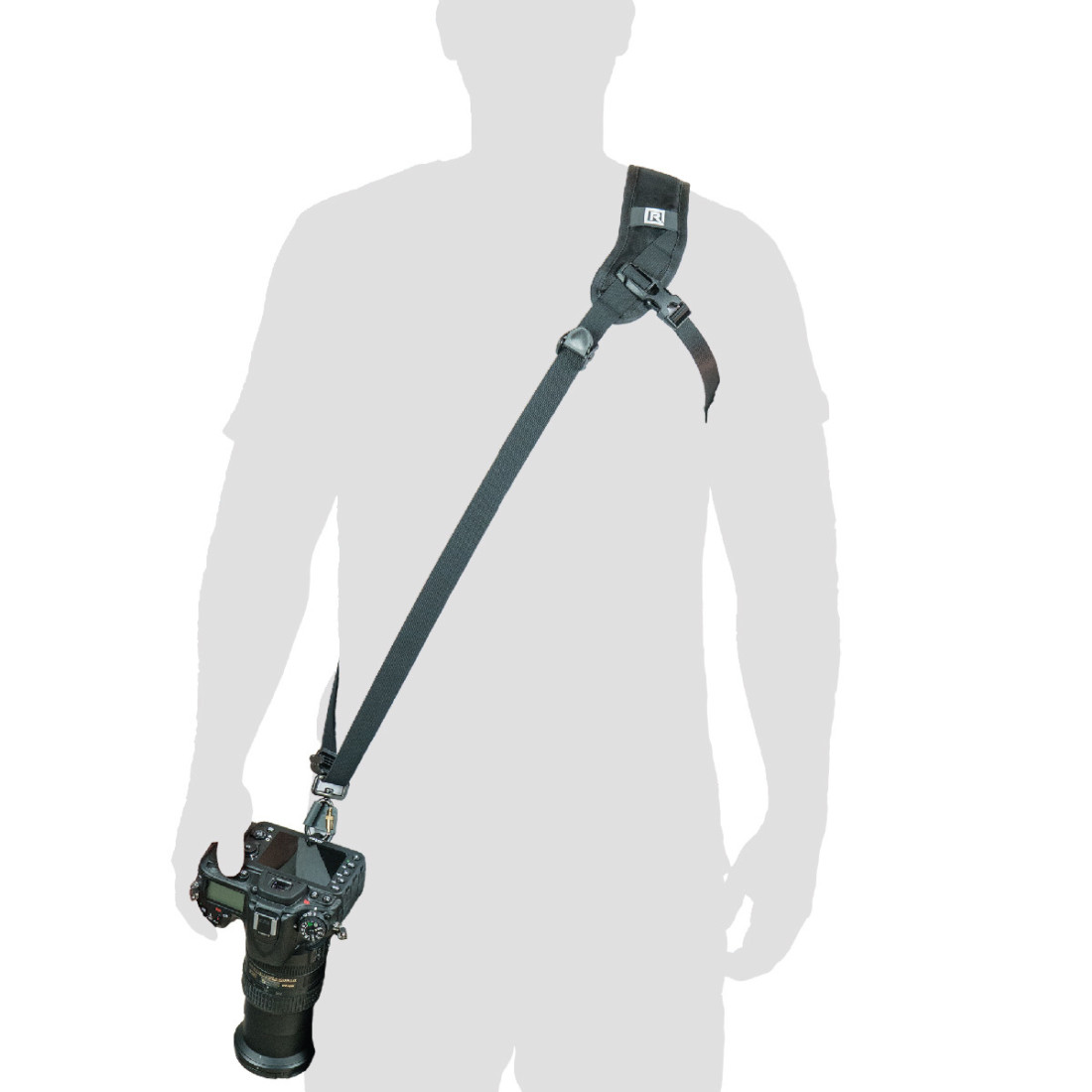
Blackrapid Strap:
Wearing a long strap around the shoulder & neck distributes the weight evenly. They’re attached to the tripod mount of your camera, keeping it upside down next to your hand, easy to reach.
The strap is curved to fit over the shoulder and there is a small auxiliary strap that goes under the arm, keeping the strap stable preventing it from riding up towards the neck or sliding down off the arm. The strap is wide enough and padded enough to be comfortable and prevent the strap from cutting into you.
Our recommended brand is BlackRapid that you can order from Graphicart.ch, but feel free to experiment and find one to your taste.
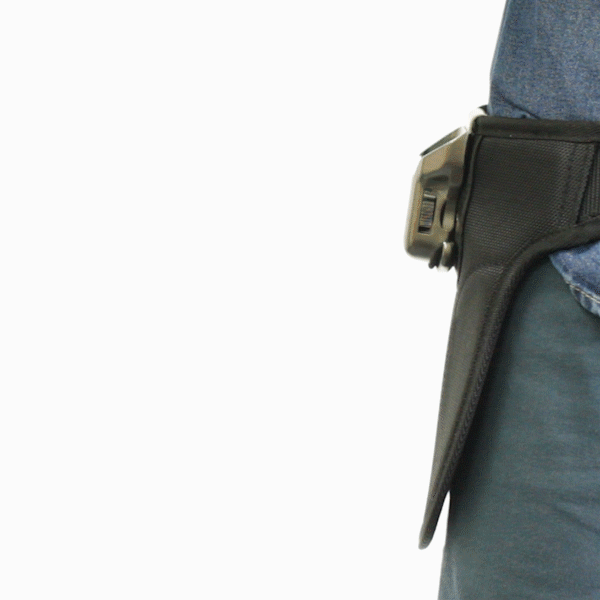
Spider Holster:
This is our new favorite solution: Created for those who prefer to place the weight of the camera at the hip instead of their upper bodies. This alleviates many of the upper body pains associated with long shoots and heavy equipment. The holster gives you “quick draw access,” hanging comfortably at your hip until needed.
For mirrorless, you can get the Spider Light holster set (to attach to your belt) or the Spider Light Single camera system (comes with a belt).
For DSLR’s, SpiderPro Single Camera System v2 is the product we use all the time.
Check all of the Spider Holster models here.
Tripods:

If you like landscapes, sunsets, low light & night photography, you will eventually need a tripod for long exposures. We recommend to invest in a good “traveller” tripod from the start, as the technology is not really changing and they’re both sturdy and light. A cheap tripod will not do the job (shaky in the wind, etc) and a heavy tripod will stay at home as you won’t take it with you.
We recommend a carbon-fiber tripod, with legs that can go as high as your eye level plus a ball head for easy alignment.
Our budget recommendation is Sirui: Check the models SIRUI T-025SK Traveler Ultralight (CHF 200.-) for mirrorless and SIRUI T-2204SK Traveler (CHF 292.-) for general use.
If you want the best quality to last you many years, then go for Gitzo. Our recommended product is their incredible travel kit with 5 sections: Closed length 35.5cm, 148.5cm max height, weight of 1.42kg. Price: CHF 789.-
Choosing Software:

Lightroom / Photoshop Bundle by Adobe
Unquestionably, the most popular and easy to use software that we recommend is Adobe’s Creative Cloud photography plan (11.9chf / month) that includes Lightroom and Photoshop. Lightroom especially is all you will need for an end to end software to manage your photos, while Photoshop is the most powerful photo editor around.
You can register to our Lightroom course or to our Photoshop course to learn how to use these super useful software.
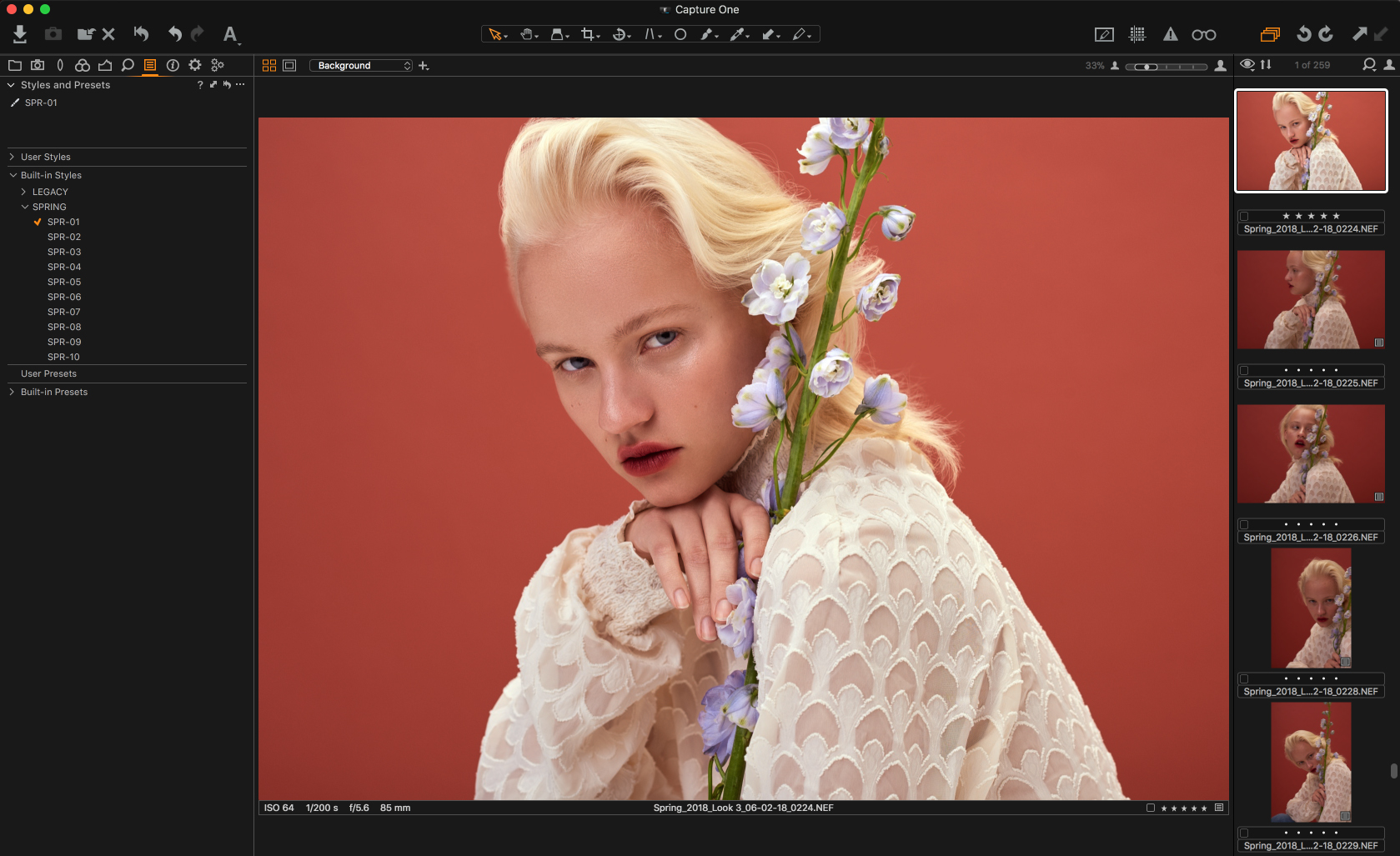
Capture One by Phase One
For those who would like a more professional software that allows better control for colours and has a superior tethering interface, we recommend Capture One.
Aurora HDR
The HDR software that we regularly use that delivers natural-looking images. Use it as a standalone app or a plugin for Photoshop and Lightroom that significantly expands the Dynamic Range of your images. The highest quality of bracket merging, and a spectacular level of color enhancement, thanks to the power of Artificial Intelligence.
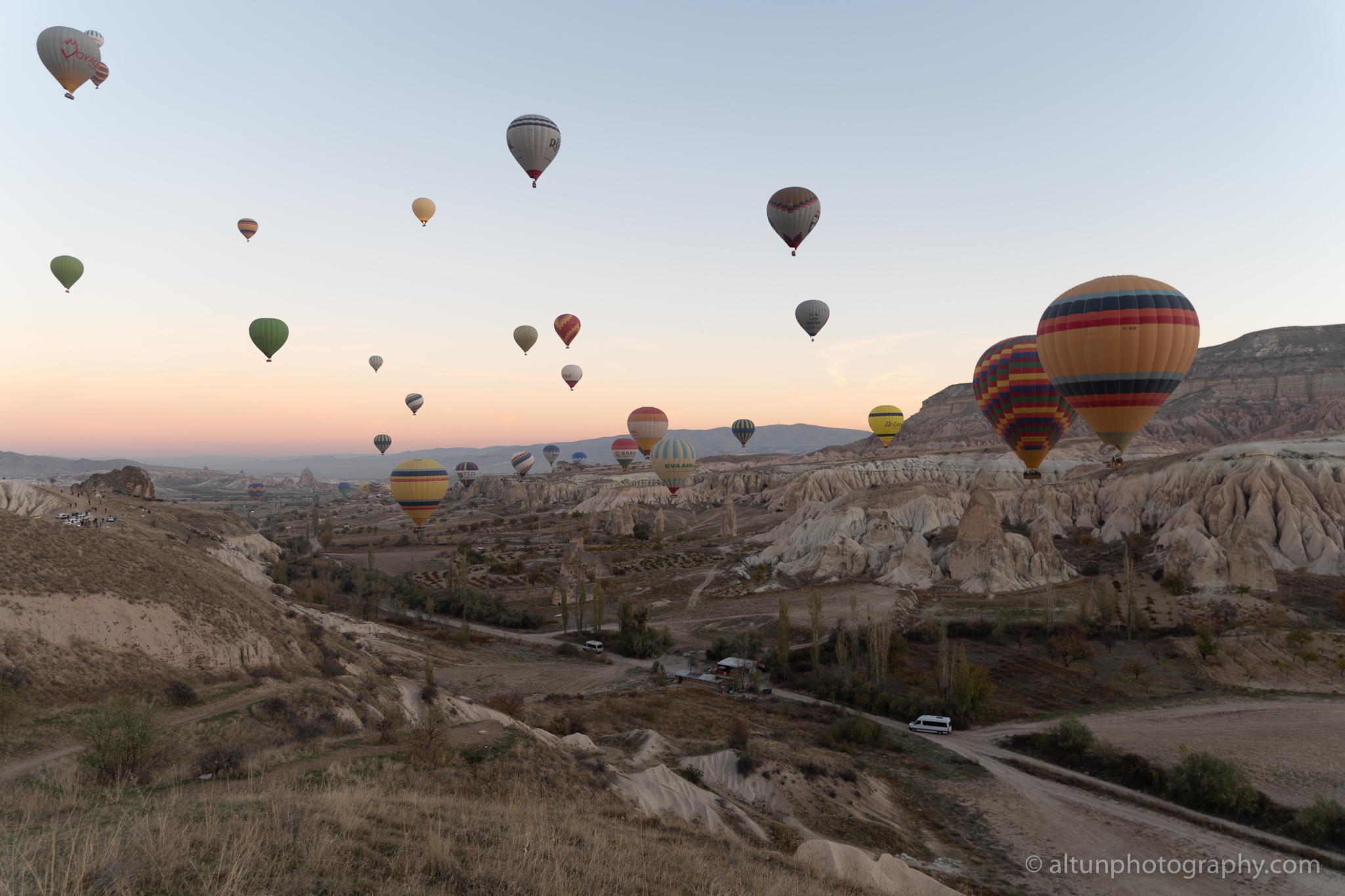
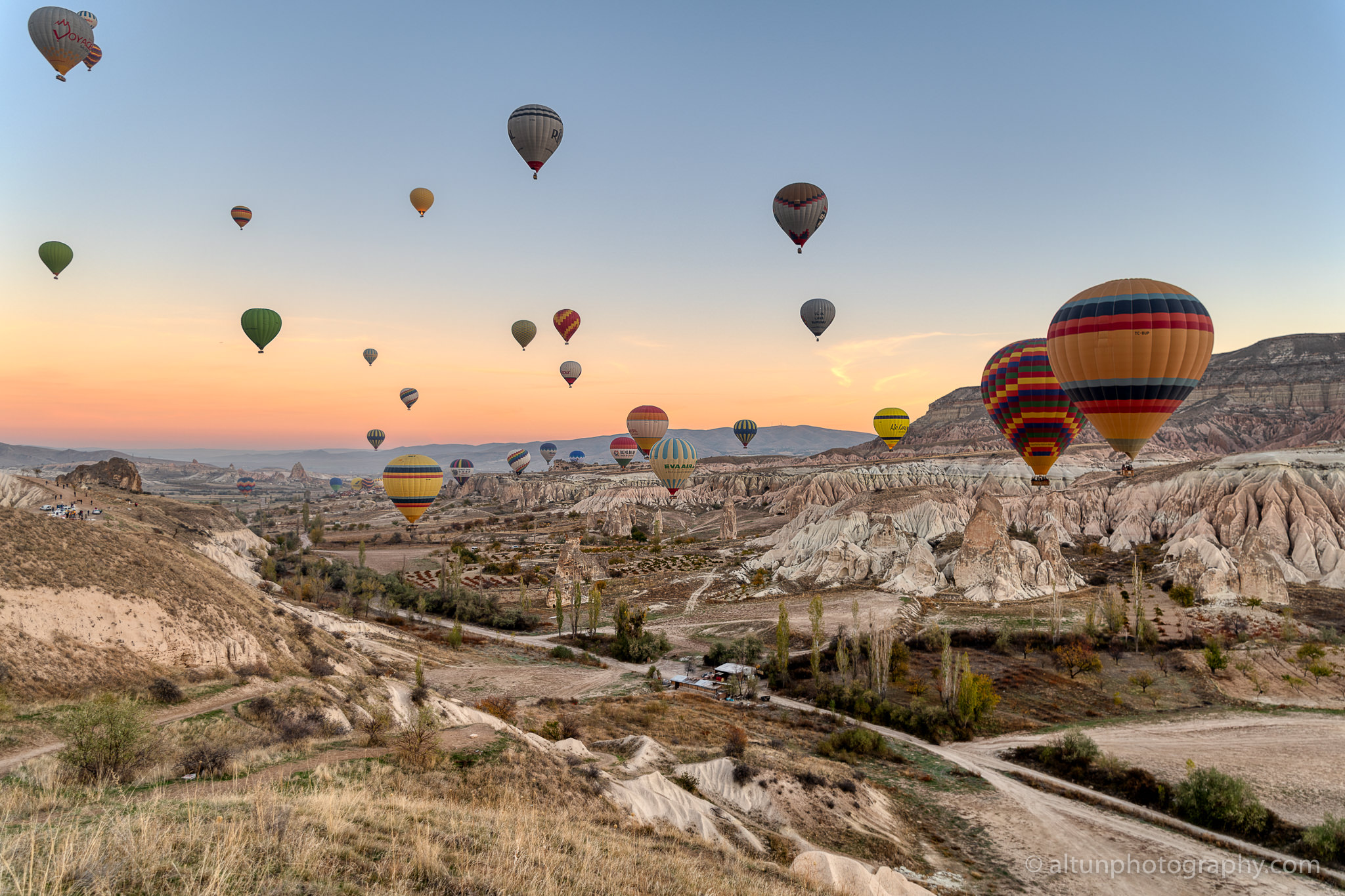

PhotoDeck
Our recommended service to host your photos. Some advantages that we love:
- Sync directly from Lightroom, easiest way to keep your website updated
- Share galleries, let your customers select favorite photos
- Sell digital downloads and prints online
- Multi-language option – perfect for Switzerland.
- Made in France, not US, so European laws and suppliers are taken into account.
Where to buy in Switzerland:

Local Camera Store
Best option to get personalized recommendations and help:
- Geneva: Photo Verdaine
- Lausanne: Photo Grancy
- Zurich: Lite & Byte
- Basel: Photo Marlin
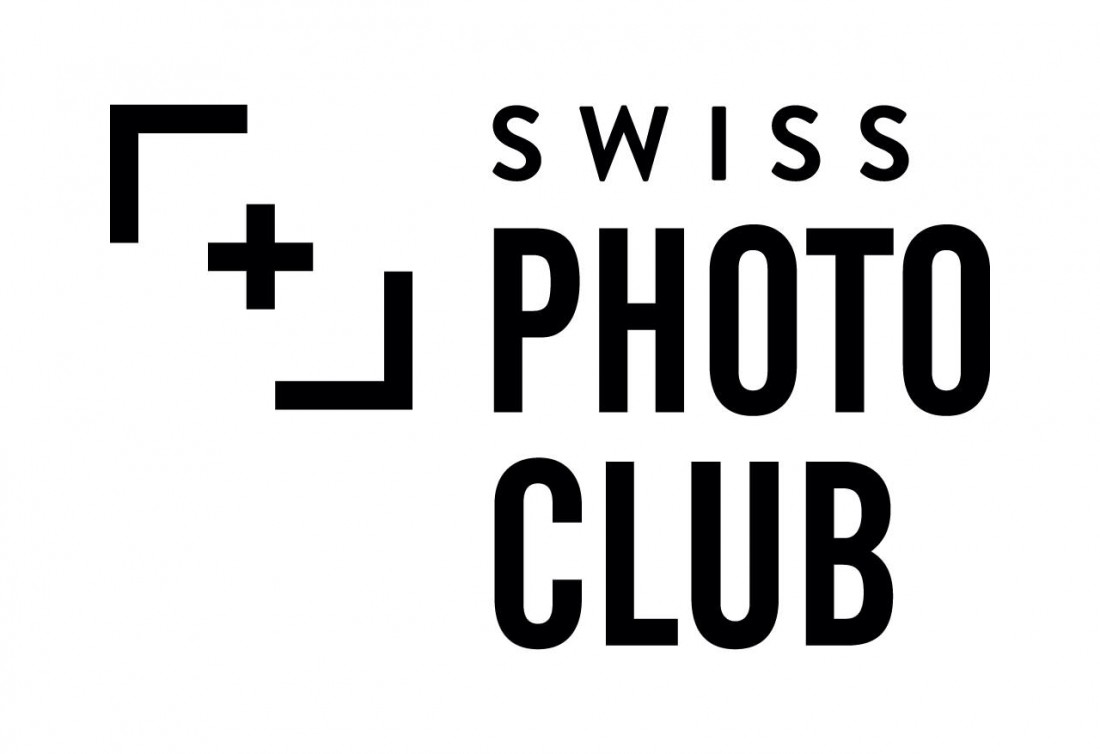
SPC Online Shop:
We are official distributors of the following brands and can offer you lower than market prices:
- Gitzo tripods
- Spider Holsters
- Billingham Camera Bags
- Nisi Filters
- Tamron Lenses

If you prefer to order online, you can find the best prices here. Compares different online retailers.
Disclaimer:
The recommendations above can be considered an all-purpose starter kit rather than a list tuned to one specific type of photographer. As your photography becomes more specialized — portraiture, landscapes, wildlife, or anything else — you will gravitate towards more specialized equipment as well.

